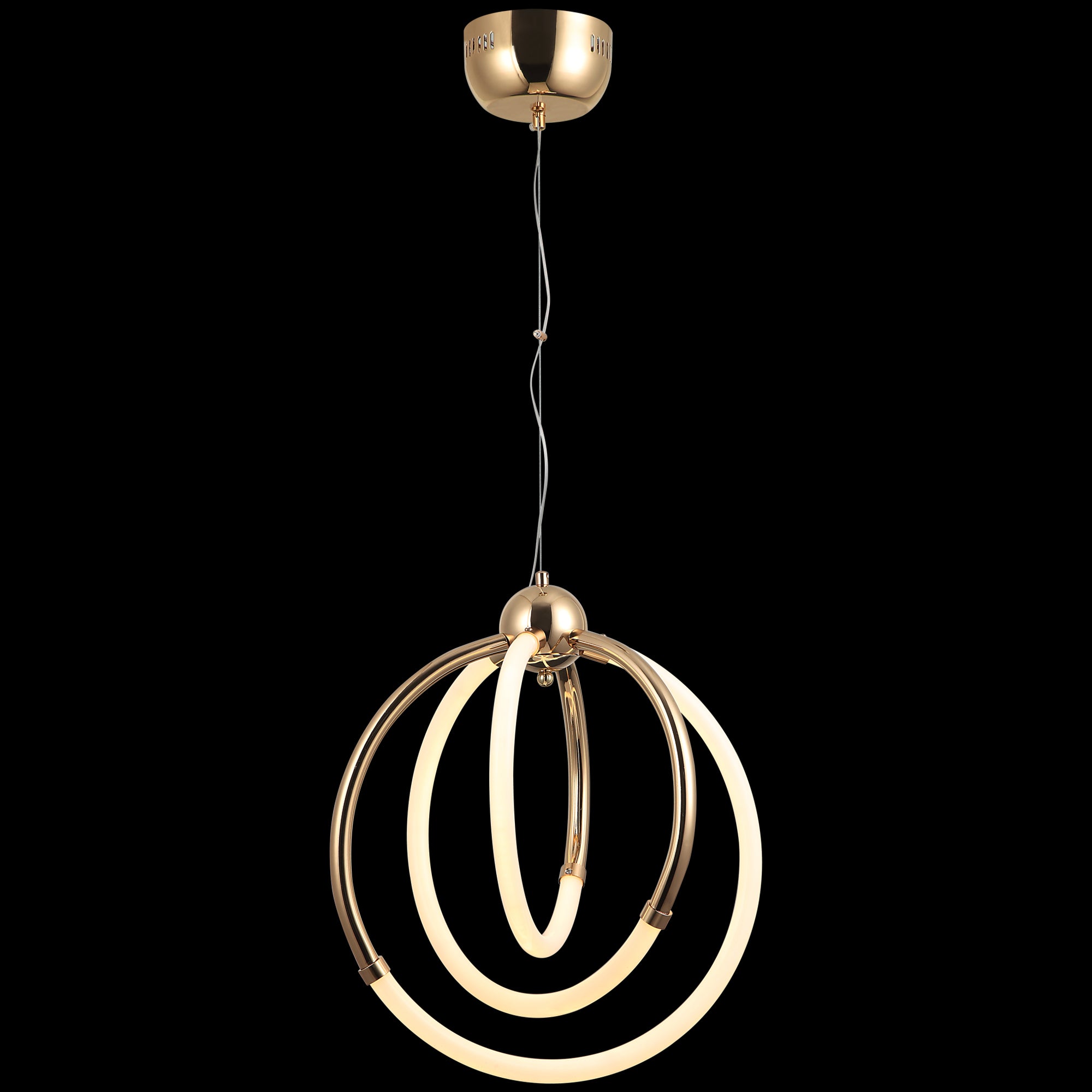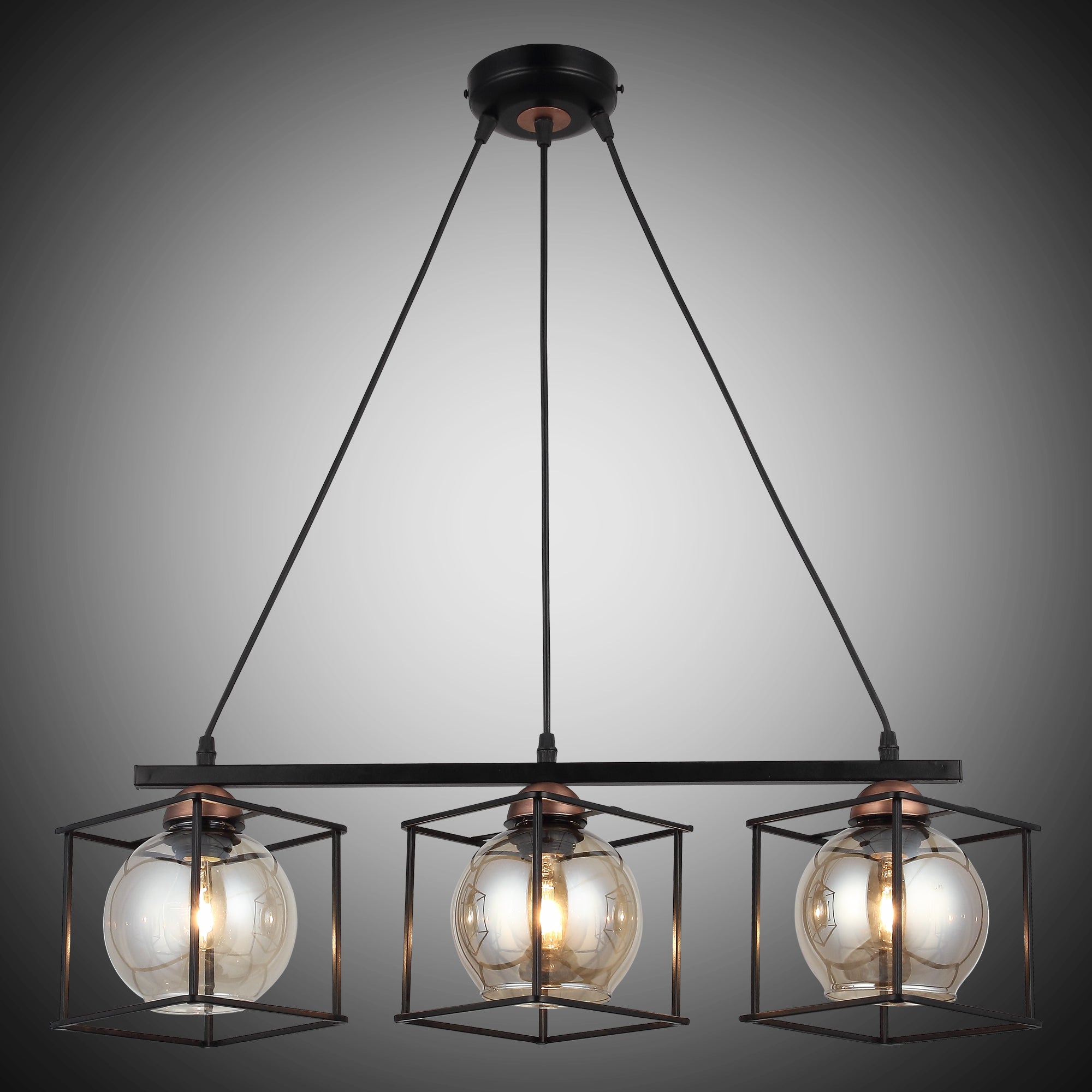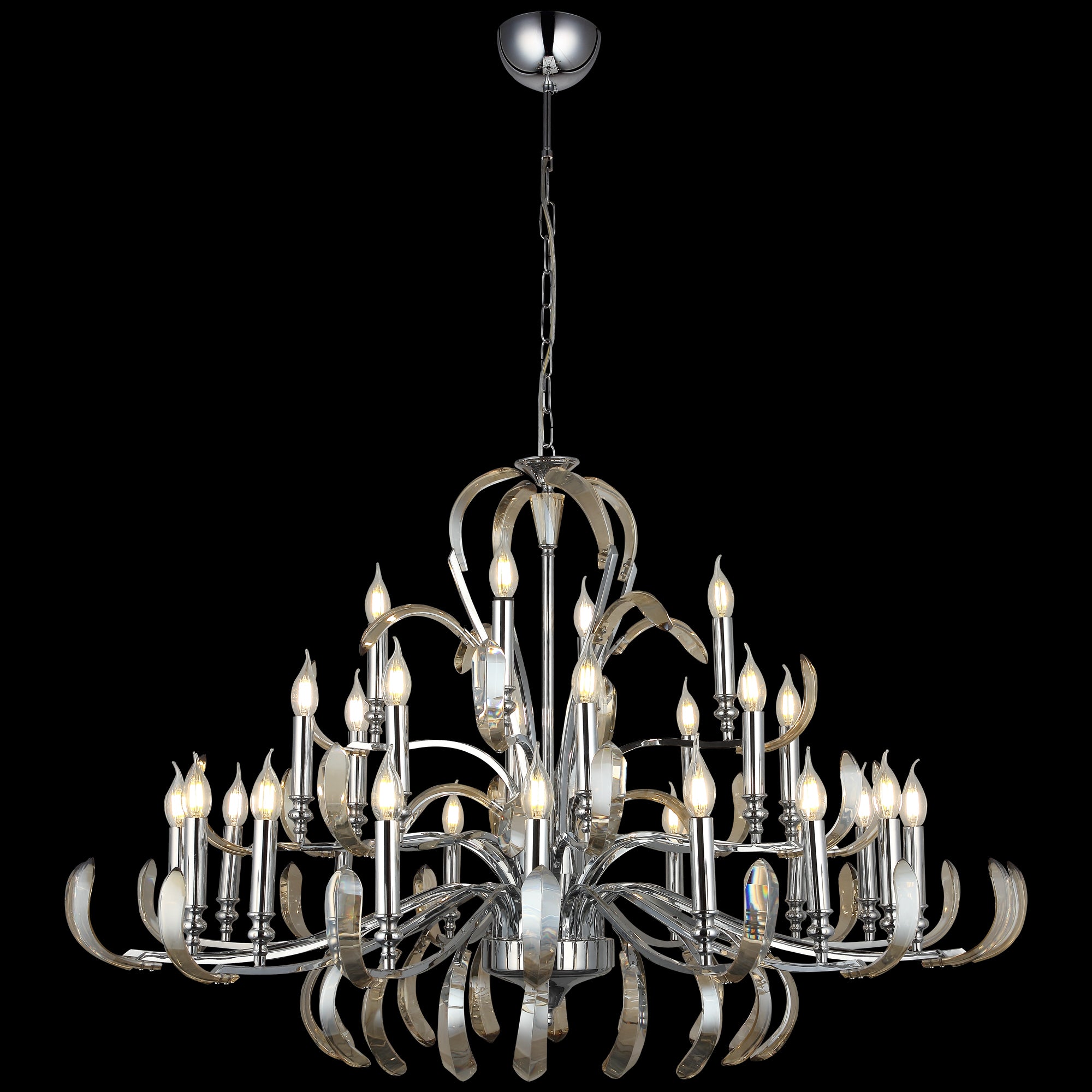LED (Light Emitting Diode) lighting is a relatively new technology that has become increasingly popular in recent years due to its many advantages over traditional lighting options such as incandescent, fluorescent, and halogen bulbs. Here's everything you need to know about LED lighting:
-
How do LED lights work? LED lights work by using a semiconductor material to convert electricity into light. When an electric current is passed through the semiconductor, the material emits photons, which produce visible light.
-
What are the advantages of LED lighting? LED lighting has many advantages over traditional lighting options, including:
- Energy efficiency: LED lights use significantly less energy than other types of bulbs, which can lead to significant cost savings on energy bills.
- Long lifespan: LED lights can last up to 25 times longer than traditional bulbs, reducing the need for frequent replacements.
- Durability: LED lights are more durable than other bulbs and can withstand extreme temperatures, shocks, and vibrations.
- Design flexibility: LED lights can be designed in a variety of shapes and sizes, making them ideal for a wide range of lighting applications.
- Environmentally friendly: LED lights do not contain harmful chemicals like mercury and are recyclable, making them an eco-friendly option.
- What are the different types of LED lights? There are several types of LED lights, including:
- Bulbs: LED bulbs are a direct replacement for traditional incandescent bulbs and are available in a variety of shapes and sizes.
- Tubes: LED tubes are a replacement for fluorescent tubes and are commonly used in commercial and industrial applications.
- Panels: LED panels are flat panels that provide bright, even lighting and are often used in offices and other commercial settings.
- Strips: LED strips are flexible and can be used to provide accent lighting in a variety of settings.
- Floodlights: LED floodlights are powerful lights that are commonly used for outdoor lighting applications.
- How do you choose the right LED light? When choosing an LED light, there are several factors to consider, including:
- Color temperature: LED lights come in a range of color temperatures, from warm white to cool white. The right color temperature will depend on the application and personal preference.
- Brightness: LED lights are available in a range of brightness levels, measured in lumens. The right brightness will depend on the size of the room and the desired lighting level.
- Compatibility: LED lights may require a specific type of fixture or dimmer switch. Make sure to check the compatibility before making a purchase.
- Cost: While LED lights are more expensive upfront, they can provide cost savings over time due to their energy efficiency and long lifespan.
- How do you install LED lights? The installation process for LED lights will depend on the type of light and the application. It is always recommended to follow the manufacturer's instructions for installation. If you are unsure about how to install an LED light, it is best to hire a professional electrician to ensure that the installation is done safely and correctly.
In summary, LED lighting offers a range of benefits over traditional lighting options, including energy efficiency, long lifespan, durability, and environmental friendliness. When choosing an LED light, consider factors such as color temperature, brightness, compatibility, and cost, and be sure to follow the manufacturer's instructions for installation.



